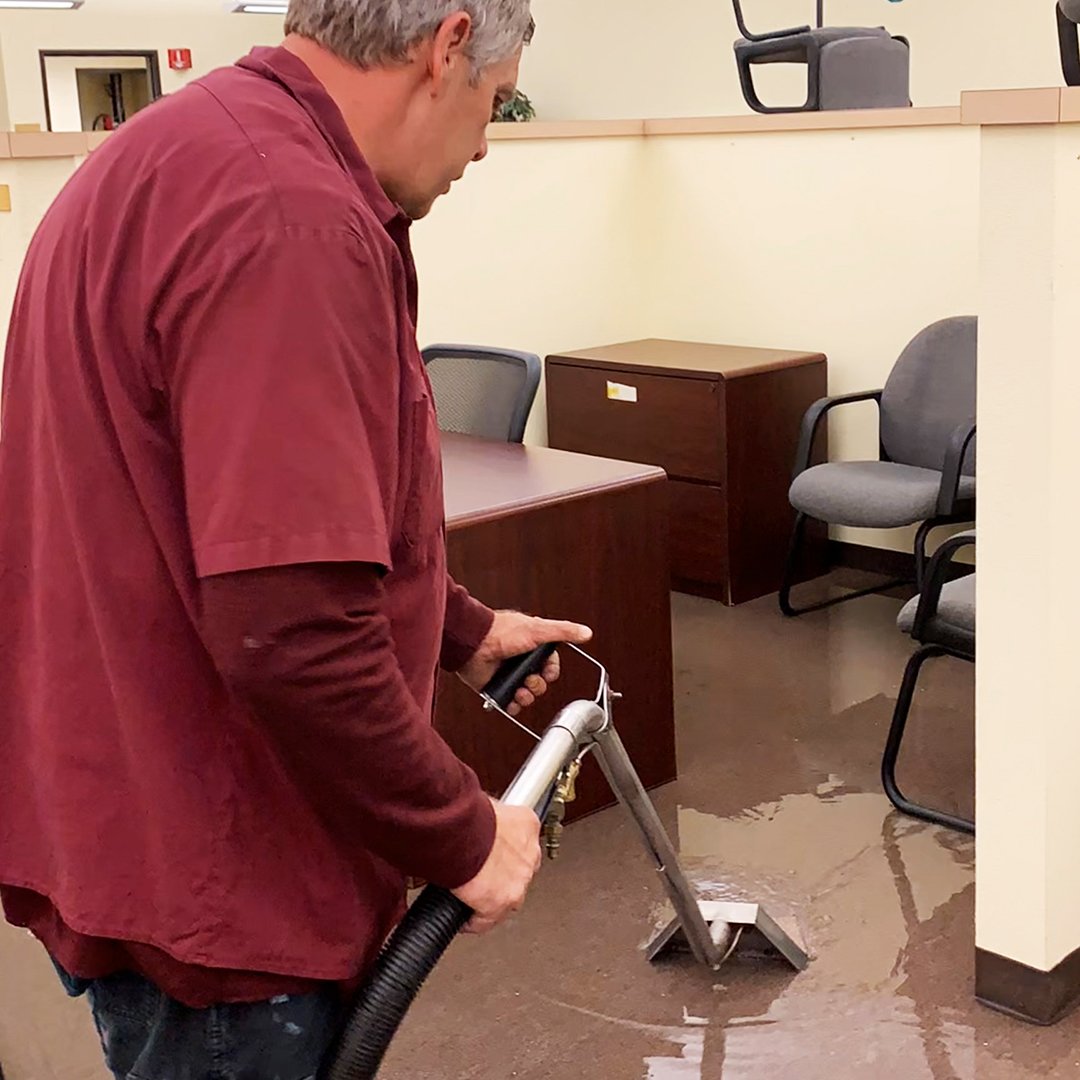When you have water damage to your home or business, it is very important that the water be extracted as quickly as possible. The information below is from Wikipedia. If you have any questions, give Sooner Carpet Cleaning a call or fill out our online form. Water damage restoration is the process of restoring a property back to pre-loss condition after sustaining any level of water damage. While there are currently no government regulations in the United States dictating procedures, two large certifying bodies, the IICRC and the RIA, do recommend standards of care. Most companies use the IICRC procedural standard, which is the S500. It is based on reliable restoration principles, research and practical experience with extensive consultation and information gathered from numerous sources. These include the scientific community, the international, national and regional trade associations serving the disaster restoration industry, chemical formulators and equipment manufacturers, cleaning and restoration schools, restoration service companies, the insurance industry, allied trades persons and others with specialized experience. The S500 water damage guide is subject to further revision as developments occur in technology, testing and processing procedures.
Loss assessment and evaluation
A professional water damage restoration service will document the materials which were affected by the water damage and refer to industry standard pricing guides such as The Blue Book in order to determine the proper value of the residence's materials lost and their service.Water damage services include the inspection of the affected area(s) with water sensing equipment such as probes and other infrared tools in order to determine the source of the damage, and possible extent of area affected. Restoration services would then be rendered to the residence in order to dry the structure, sanitize any affected or cross contaminated areas, and deodorize all affected areas and materials. After the labor is completed, water damage equipment including, but not limited to, air movers, air scrubbers, dehumidifiers, wood floor drying systems, and sub floor drying equipment is left in the residence. After a period of two to three days are the labor is completed, a reevaluation of the residence is taken to monitor the drying process, and any equipment not further needed is removed as to keep the charges under control.

